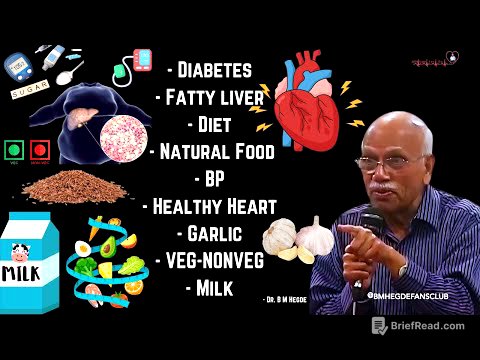TLDR;
The video discusses the biological differences between boys and girls, focusing on hormones like estrogen, progesterone, oxytocin, and testosterone. It touches upon the idea that humans initially develop from a "universal female template" and how hormones influence behavior, attraction, and leadership qualities. The video also highlights potential confusions around gender and the importance of understanding these biological factors in relationships and education.
- Boys and girls are biologically different due to hormones.
- Humans start from a "universal female template" in development.
- Hormones influence behavior, attraction, and leadership.
- Understanding these differences is important in relationships and education.
Biological Differences: Boys vs. Girls [0:00]
The speaker starts by stating that boys and girls are not the same, highlighting their biological differences. They mention key hormones like estrogen, progesterone, and oxytocin, which are more prominent in females. The discussion hints at the complexities arising from these hormonal differences.
The Universal Female Template [5:15]
The speaker talks about how every child, during their development, starts from a "universal female template." This suggests that the initial biological blueprint is female, and then, under certain influences, some individuals develop masculine characteristics. This applies not just to human beings but to all animals.
Hormonal Influence on Behavior and Attraction [21:52]
The discussion shifts to how hormones like estrogen and testosterone influence behavior and attraction. The speaker mentions that the "animal" part of our brain can detect these hormones through smell, influencing attraction. This explains why someone might be attracted to another person's natural scent.
Gender Confusion and Expensive Procedures [15:09]
The speaker touches upon the topic of gender confusion and the existence of multiple genders. They mention that gender reassignment surgeries can be very expensive.
Oxytocin and Leadership [29:58]
The speaker talks about the role of oxytocin in leadership qualities, particularly in women. They suggest that women with higher oxytocin levels can become powerful leaders. Interaction with women can also make men better leaders.
Implications for Education [32:56]
The speaker briefly mentions the implications of these biological differences for education systems.









